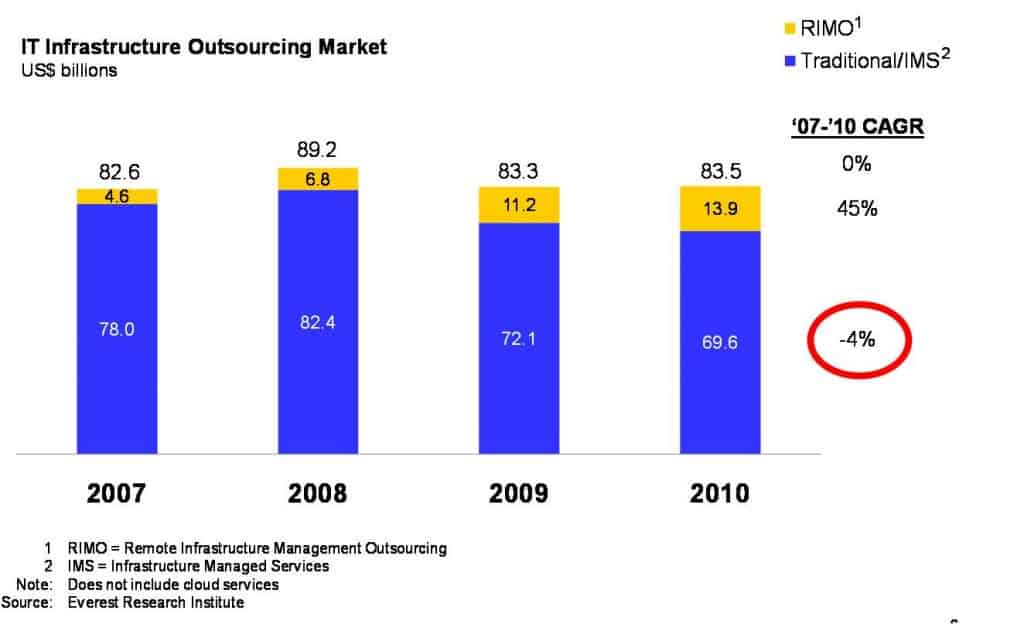The Consumerization of IT may be a Bigger Problem for Business than IT | Gaining Altitude in the Cloud
King Cnut (Cnut the Great) of England, Denmark, Norway, and parts of Sweden once famously instructed the tide to refrain from rising, only to hours later find its disdain for his royal decree. Today’s CIOs find themselves faced with similar limits on their power and influence as Androids, iPhones, and iPads flood the workplace. The power of the purse cannot control these new and disruptive technologies as they are funded directly by employees. Corporate policies and other traditional control mechanisms are also being eroded or washed away in the rapid adoption of these easy to install and attach devices. Even more worrying is the ocean of ready-to-use, high-power business applications that are only one click away from installation. As enterprises find themselves waist-deep in this new reality, they are forced to accommodate these new technologies, user expectations, and business certainties.
Without belittling the significant technological and security questions this new reality poses, it is the challenge to the way enterprises do business that may have the most far-reaching implications. One of the key challenges these technologies and capabilities present is the effect they have at the interaction points between parties. Employees expect to have instant access to HR support systems and be able to conduct their interactions through mobile-enabled self-service applications. Customers have instant price look-up and competitive information at the point of purchase. Patients have their medical records on their iPhones and expect healthcare providers to be able to utilize this information yet conform with the right to privacy. Payment systems are only a Bluetooth click or barcode swipe away. The point is this: even small changes to how parties interact can create significant and sometimes surprising impacts on a firm’s structure, controls and completive models, sales channels, and governance. When these changes are imposed by the broad scale adoption of new technologies – as is the case with mobility – the question is not how to control or gate them but rather what to do now that they are here.
To further explore the extent of this impact, let’s use a major healthcare institution as an example. Healthcare is covered by strict laws that regulate how key information and data is captured, shared, and utilized. This web of regulation has contributed to the slow adoption of new information technologies across the healthcare industry, and resulted in most healthcare institutions adopting closed networks with tight controls on new devices and applications. The existing structures and polices are under attack. Patients arrive with instant access to their own data, stored on their own devices or resident in a host of cloud-based vehicles, with the reasonable expectation that clinicians utilize this information to avoid duplicate tests and take advantage of patient history. At the same time, clinicians face uncertainty on efficacy of the data, yet encounter far more educated and interactive patients. Patients are able to receive second opinions from a variety of qualified and unqualified sources in real time. When combined with changes in how clinicians (who are often independent of the provider networks) expect to interact with healthcare institutions and further complicated by payment systems that are shifting to real-time mobile-enabled devices – it is easy to see that mobility will and is changing the way medicine is and will be practiced across the entire supply chain. The organizational and business model implications look to be huge and all because nearly everyone today has the power of the Internet in their pockets.


